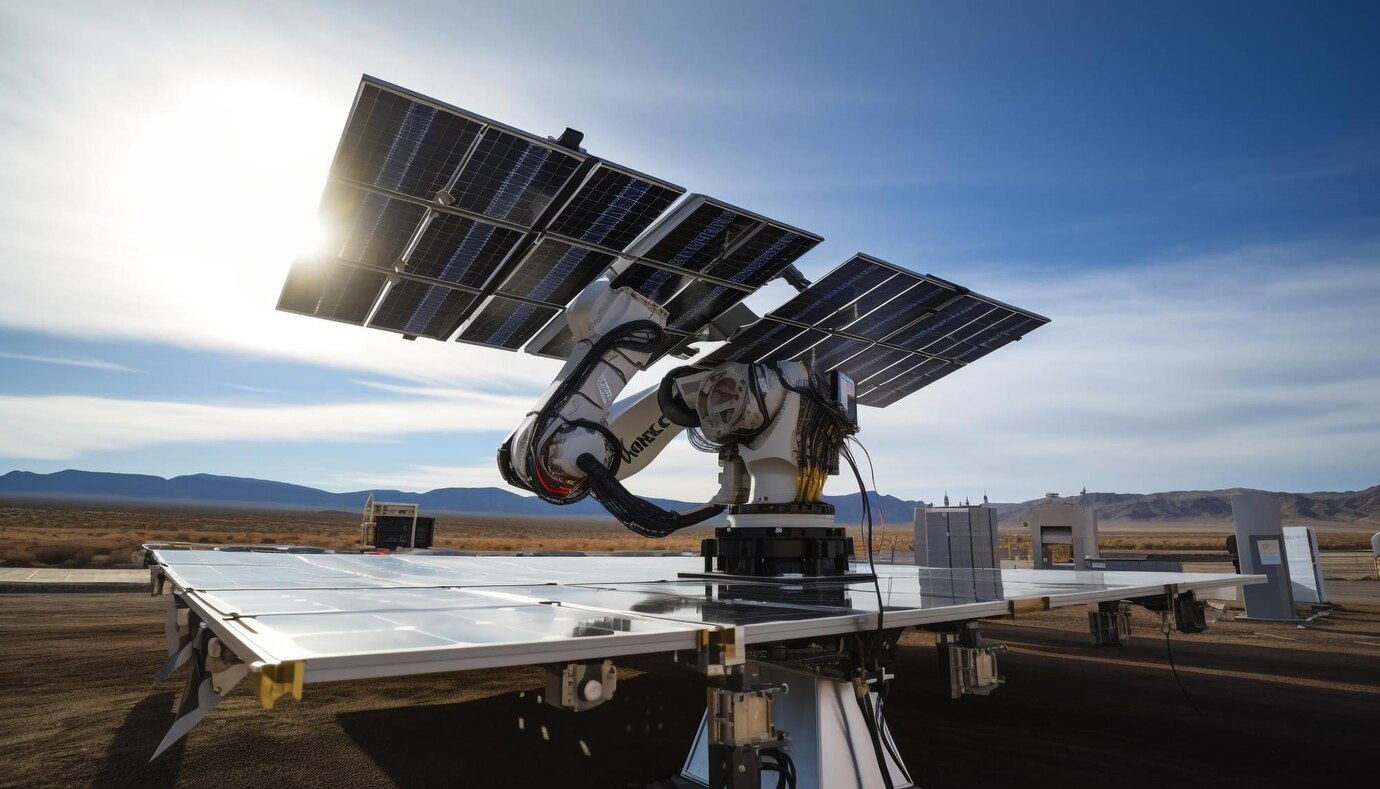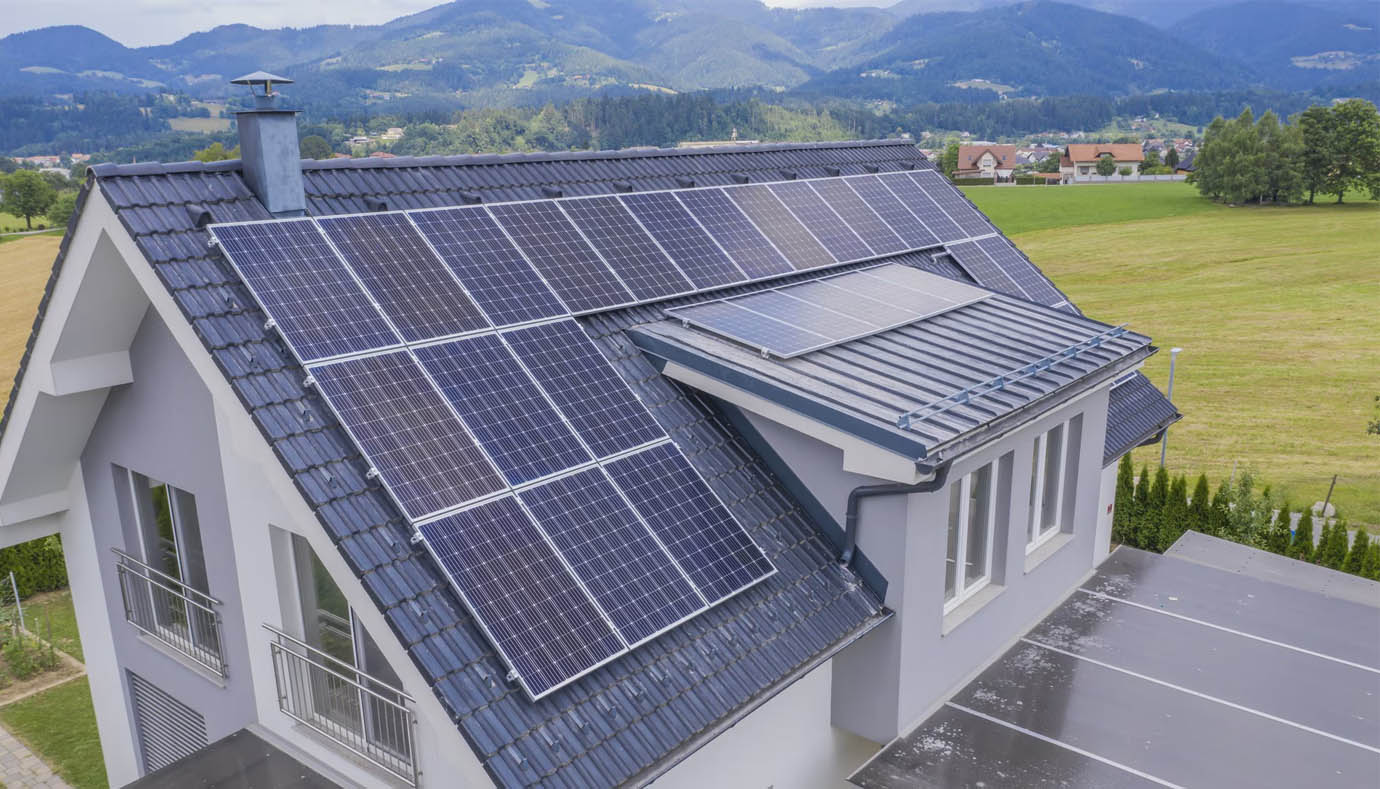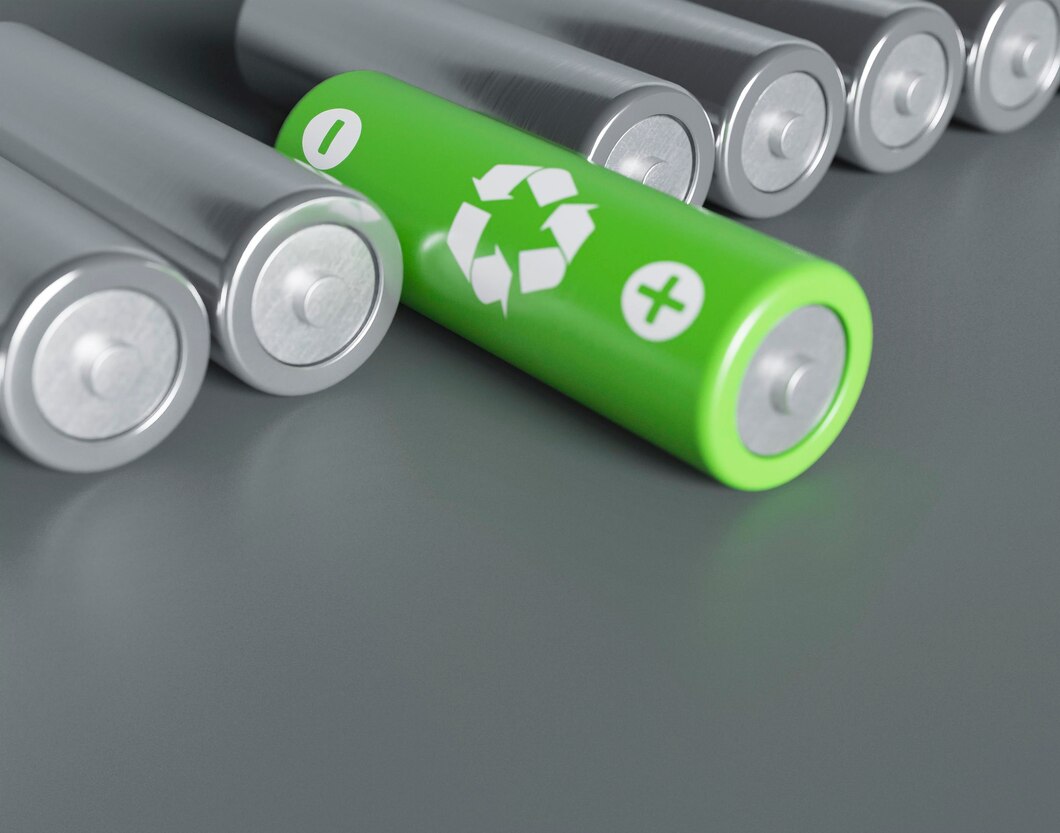
With the relentless global expansion of 5G networks and the increasing demand for data, communication base stations face unprecedented challenges in ensuring uninterrupted power supply and managing operational costs.
Energy storage systems (ESS) have emerged as a cornerstone solution, not only guaranteeing critical backup power but also enabling significant operational efficiency and sustainability gains.
This article delves into the cutting-edge applications of ESS within this vital infrastructure and explores the key trends shaping its future, focusing on enhancing backup power reliability, optimizing Total Cost of Ownership (TCO), and accelerating carbon footprint reduction for telecom operators.Innovative Applications Driving Value:
1.Advanced Lithium-Ion Dominance & Intelligent Management:
Lithium-ion batteries, particularly Lithium Iron Phosphate (LFP), have rapidly replaced traditional lead-acid due to superior energy density, longer lifespan, faster charging, and wider operating temperature ranges.
Innovations focus on intelligent Battery Management Systems (BMS) that enable precise state-of-charge (SOC)/state-of-health (SOH) monitoring, predictive maintenance, remote configuration, and optimized charging/discharging cycles based on grid tariffs and site conditions, maximizing battery life and efficiency.
2.Hybrid Power Systems & Renewable Integration:
Base stations, especially in remote or off-grid areas, increasingly utilize hybrid systems combining ESS with renewable sources like solar PV or small wind turbines.
ESS acts as a crucial buffer, storing excess renewable energy for use during low generation or peak demand periods, significantly reducing diesel generator runtime (fuel costs and emissions) and enhancing grid independence.
Sophisticated controllers manage the seamless interplay between solar, wind, grid, generator, and storage.
Second-Life Battery Applications:
A promising innovation involves deploying retired electric vehicle (EV) batteries ("second-life" batteries) for base station backup.
While perhaps not suitable for primary backup in all scenarios due to potential performance degradation, they offer a highly cost-effective and sustainable solution for less critical backup needs or for peak shaving applications, extending battery usefulness and reducing waste.Key Development Trends:
Pursuit of Higher Energy Density & Safety: Research and development are intensely focused on next-generation battery chemistries (e.g., solid-state lithium, sodium-ion) promising even greater energy density, enhanced safety (reduced thermal runaway risk), longer cycle life, and potentially lower costs, further optimizing space utilization and performance in compact base station shelters.
AI-Driven Optimization & Grid Services: The integration of Artificial Intelligence (AI) and advanced data analytics is set to revolutionize ESS management.
AI algorithms can optimize charging/discharging schedules far more effectively based on complex variables (weather forecasts, electricity prices, network load predictions), minimize TCO, and even unlock potential revenue streams by enabling base station ESS to participate in grid ancillary services like frequency regulation (where market structures allow).
Standardization & Enhanced Safety Protocols: As deployment scales, industry-wide standardization of communication protocols (e.g., between BMS, controllers, network management systems) and rigorous, globally recognized safety standards (covering thermal management, fire suppression, installation) become paramount to ensure interoperability, reliability, and safe operation across diverse environments.
Conclusion:
Energy storage is no longer just a backup power source for communication base stations; it's a strategic asset enabling greater resilience, cost efficiency, and environmental responsibility.
The continuous innovation in battery technology, intelligent management systems, and the integration with renewables is transforming how telecom networks are powered.
Understanding these innovative applications and future trends is critical for operators, equipment manufacturers, and energy storage providers to navigate the evolving landscape and build the robust, sustainable communication infrastructure of tomorrow.
Experience the Future at CESC: Discover the latest breakthroughs in energy storage for telecommunications and countless other applications at CESC (International Energy Storage Conference & Smart Energy Storage Technology and Application Expo).
Join global leaders, experts, and innovators in Nanjing this November to explore cutting-edge solutions, share insights, and drive the industry forward.
Visit https://www.cescexpo.com for details. (Note: Corrected URL based on context)

Latest News












Ms. Liu +86 132 6100 0097

协办单位:全国工商联新能源商会、电力规划设计总院
支持单位:江苏省发展和改革委员会、江苏省工业和信息化厅、江苏省商务厅
国网江苏省电力有限公司
国际支持:欧洲储能行业协会、德国智能城市交通协会
承办单位:创能国际会展服务(江苏)有限公司、东浩兰生会展集团股份有限公司
溧阳深水科技咨询有限公司



